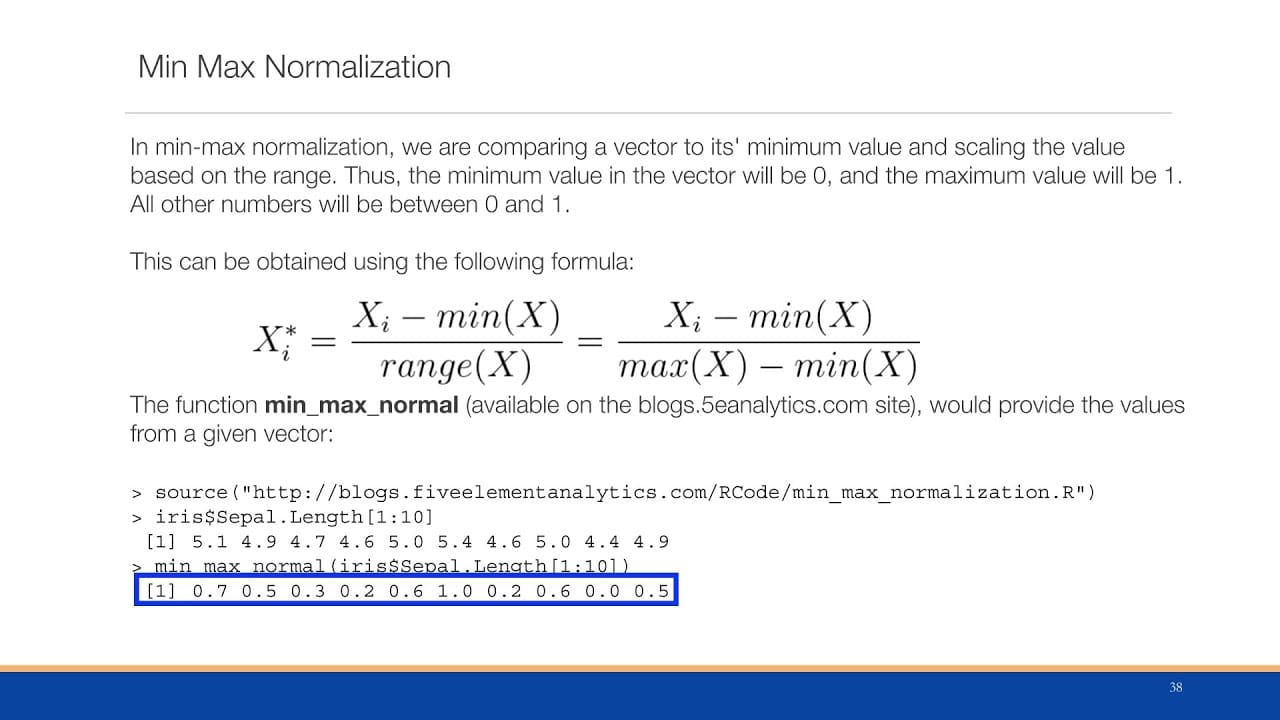Normalization is a data preprocessing technique used to prepare data for machine learning algorithms. It is used to scale data into the range of 0 to 1. It is generally used to normalize the input features so that all of them are on the same scale and the algorithm can make better predictions.
Normalization can be divided into two types: rescaling and standardization. In rescaling, the data is scaled between 0 and 1. The new values of the data are calculated by dividing each feature by all of its values. In standardization, the data is scaled by subtracting the mean of each feature from itself and then dividing the result by the standard deviation of the data.
One of the most common applications of normalization is to reduce the error rate of a machine learning algorithm. This is done by eliminating outliers and balancing the data. For example, if a dataset has unequal amount of data points in different classes, normalization can reduce the difference and allow the model to classify all the data points accurately.
Normalization is also used to improve the performance of certain neural network architectures such as Convolutional Neural Networks (CNNs). Normalization can make the input of a neural network more consistent and make it easier to interpret the data.
Normalization is also used in the area of data visualization. By normalizing the data, it can be plotted and compared side by side. This makes it easier to spot patterns and trends in data and interpret it more accurately.
Normalization is a powerful tool in data preprocessing as it helps improve the accuracy of many machine learning algorithms. It is widely used in a variety of areas including data visualization, neural networks, and a variety of other machine learning algorithms.






